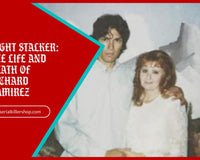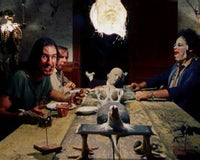In the summer of 1977, New York City’s heat was on high. The year was characterized by financial strain, a city-wide blackout, looting, burning, murder, and rape. At the heart of the chaos was the Son of Sam.
Despite the largest police manhunt in New York history underway, Sam evaded capture for over a year. The city was desperate for an answer to the question “Who is the Son of Sam?” There is more to it than just a name. This is the story of the man who brought New York City to its knees.
Conceived Out Of Wedlock
David Berkowitz, born Richard David Falco on June 1, 1953, was the product of an illicit extramarital affair. His mother, Elizabeth “Betty” Broder, was a spirited girl from a religious Jewish family who married a gentile against her parents’ wishes. The two had a daughter, Jocelyn, before Tony Falco abandoned his family for another woman.
Struggling to make ends meet, Betty became entangled with a married Jewish man named Joseph Klineman who provided the monetary support she needed. In 1952, Betty and Joseph conceived the child who would grow up to become American serial killer Son of Sam. Although they disagreed on what to do with their unborn child, ultimately he was surrendered for adoption after his birth.
Kill Love Thy Mother
Berkowitz described his adoptive parents, Pearl and Nathan Berkowitz, as “beautiful, loving parents.” He was a happy child, but his childhood took a dark turn when he learned that he was adopted.
Pearl and Nathan told Berkowitz that his biological mother died giving birth to him and that his father was unable to care for him. This news traumatized young Berkowitz. He recalled thinking, “I must have killed her.”
The Berkowitz’s swiftly assured the child that he was not to blame, but it was too late. Berkowitz would grapple with tremendous guilt for years to come.
'A Force Would Come In Me'
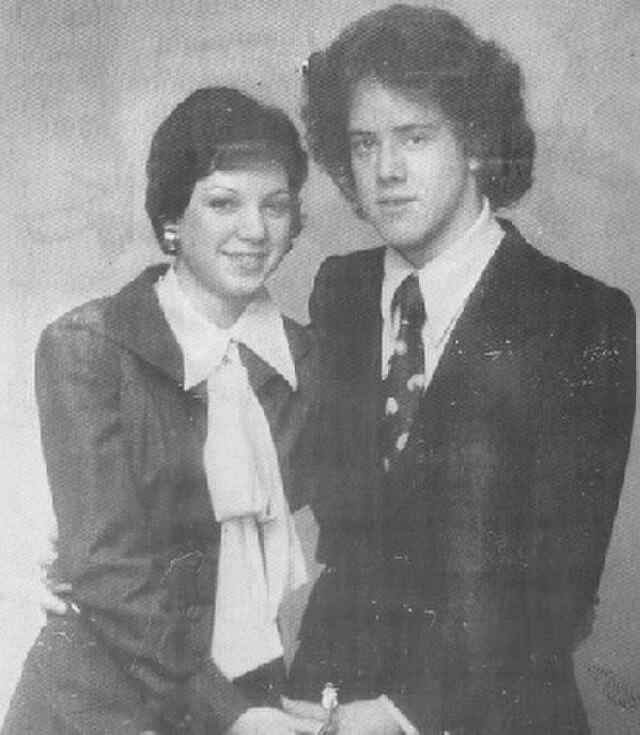
David Berkowitz credits learning of his birth mother’s death as a trigger to severe problem behavior in his childhood. He described himself as a “wild, energetic, out of control kid” who was loud, disruptive, and constantly in trouble.
“It was like a force would come in me,” Berkowitz claimed. “I would throw myself on the floor,” have “wild fits and break up furniture.” He added, “Everything I did had a self-destructive death wish type behavior pattern to it.”
Sam Abandoned Again
When David Berkowitz was 14 years old, his adoptive mother lost her battle with breast to cancer, leaving Berkowitz alone with his adoptive father. When his father remarried, Berkowitz and his new stepmother did not get along. Berkowitz’s behavioral problems boiled over into crisis as he succumbed to depression and thoughts of suicide.
After high school, his exhausted parents moved to Florida. Left to fend for himself, Berkowitz enlisted in the army where he was stationed in South Korea. After three years of service he received an honorable discharge and accolades for his marksmanship.
Descent Into Madness
Berkowitz returned to New York and rented a small apartment in Yonkers. Alone and tormented by feelings of abandonment, he tracked down his birth father and learned that his birth mother was still alive.
He arranged to meet his mother and biological sister. Tentative relationships were formed, but this brought little relief to Berkowitz who was angry about the lie he’d been told. Unable to cope, he considered joining a satanic cult and started experimenting with drugs.
Concerned for his son’s well-being, his adoptive father enlisted the help of Berkowitz’s biological family to convince him to seek mental health treatment. Berkowitz reportedly told his sister that he thought people were out to get him and that his phone and car were bugged. He said he would get help and there was no further discussion.
The Phantom of the Bronx
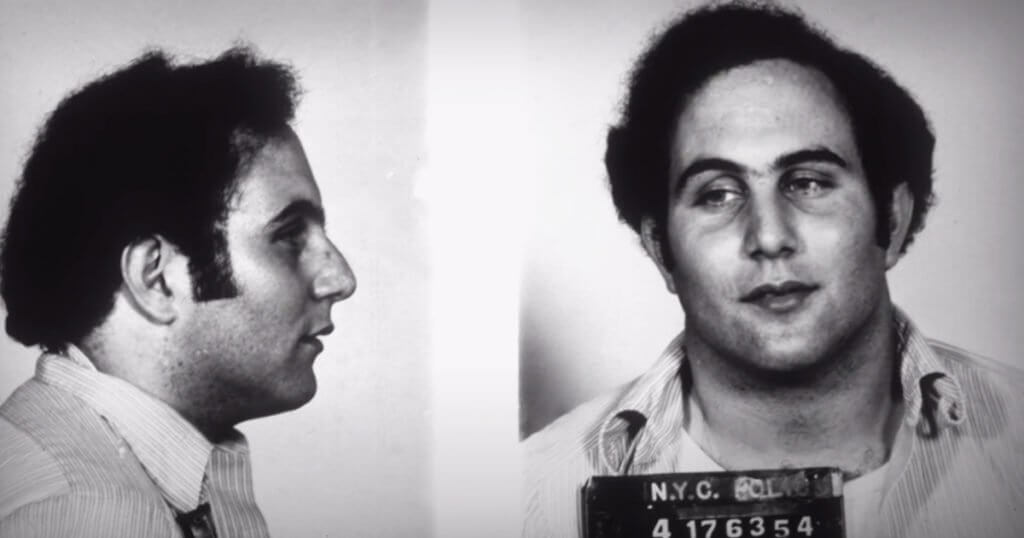
David Berkowitz is best known for his murders, but he was also a prolific arsonist. Berkowitz claimed to be the serial arsonist known as “Phantom of the Bronx” and there is evidence to support this claim. After his arrest in August 1977, police found logbooks in his apartment that chronicled over 1,400 fires he had set in New York City.
Sam Carr and His Dog
Another common trait shared by serial killers is the propensity to kill animals. Berkowitz was tormented by dogs barking in the Yonkers neighborhood where he lived, and these dogs started turning up dead.
Across the street from Berkowitz, neighbor Sam Carr had a black Labrador Retriever that had a habit of barking all night, which drove Berkowitz further into the madness that was consuming him. Carr reportedly received an anonymous, threatening letter about his dog’s incessant nocturnal barking before his dog was shot and killed.
David Berkowitzs' First Murders
The first Sam killing took place on July 29, 1976. In the early hours of the morning, Donna Lauria and her friend Jody Valenti were talking in a parked car in Lauria's neighborhood. Three shots were fired on the young women, killing Lauria instantly and wounding Valenti.
Read next: These 17 Jeffrey Dahmer facts are so disturbing you'll wish you didn't know them.
On October 23, 1976, Berkowitz shot Carl Denaro and Rosemary Keenan while they sat in a parked car in a residential area. Both were wounded but survived.
On November 27, 1976, high school students Donna DeMasi and Joanne Lomino were talking on a porch when Berkowitz approached to ask for directions. Before the young women could answer, Berkowitz shot them. Both survived, but Lomino was left paralyzed by the attack.
On January 30, 1977, Christine Freund and her fiancé, John Diel, were sitting in Diel’s parked car when Berkowitz shot them. Diel suffered superficial injuries but managed to drive away from the scene. Freund’s injuries were more serious - she died in the hospital several hours later.
Police Suspect Serial Killer
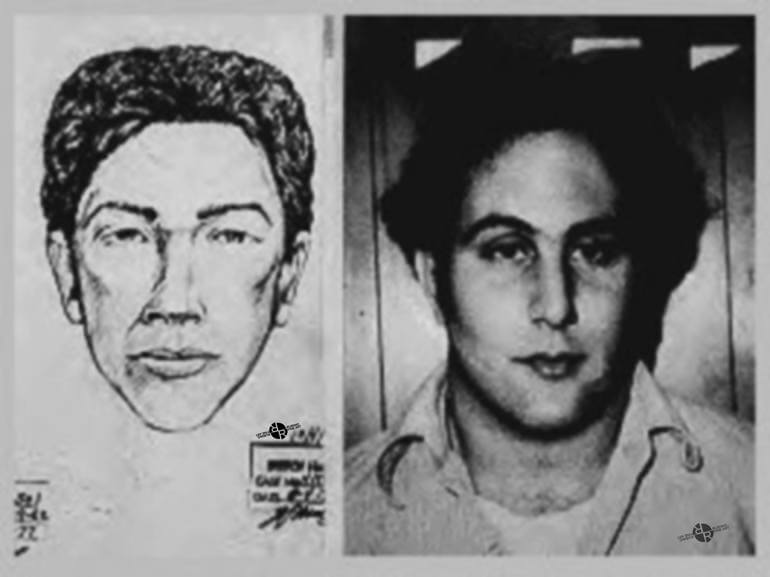
After the Freund-Diel shooting, the police acknowledged for the first time that these violent crimes may be connected. Their job was complicated by the lack of connection between the victims and shooter. Each police sketch looked different, pointing toward the possibility of multiple shooters.
On March 8, 1977, college student Virginia Voskerichian became the seventh victim to be shot, and the third to die. In a press conference that followed, police revealed that the same .44 Charter Arms Bulldog revolver was used in the killings of Donna Lauria and Voskerichian.
The Son Of Sam Is Formed
On April 17, 1977, the Sam killings continued. At 3:00 in the morning, Alexander Esau and Valentina Suriani sat together in a parked car near the scene of the first Son of Sam murder. Both Esau and Suriani were killed.
Desperate for answers, police scoured the crime scenes searching for clues. This time, they caught a break. A letter addressed to NYPD Captain Joseph Borrelli was found near the bodies. The letter read, in part, “I am a monster. I am the ‘Son of Sam.’”
It went on to provide details about “Father Sam,” an abusive patriarch who beat his son. The letter claimed that “Papa Sam” gave orders to “go out and kill.” The writer claimed that he did not wish to continue killing, but he had to “honor thy father.”
Despite this earnest lament, he ended the letter by warning the police that he would be back, “to be interpreted as - bang, bang, bang, bang, bang - UGH!!”
The Son of Sam serial killer moniker was born.
Second Summer of Sam Killings
On June 26, 1977, Sal Lupo and Judy Placido were fired upon when they left a discotheque. Both victims survived their injuries.
On July 31, 1977, the final Son of Sam killing took place. Robert Violante and Stacy Moskowitz were on their first date. They were kissing in Violante’s parked car when the blast of a .44 shattered the silence. Violante survived the attack, but Stacy Moskowitz died from her wounds.
Arrest, Confession, Guilty Plea
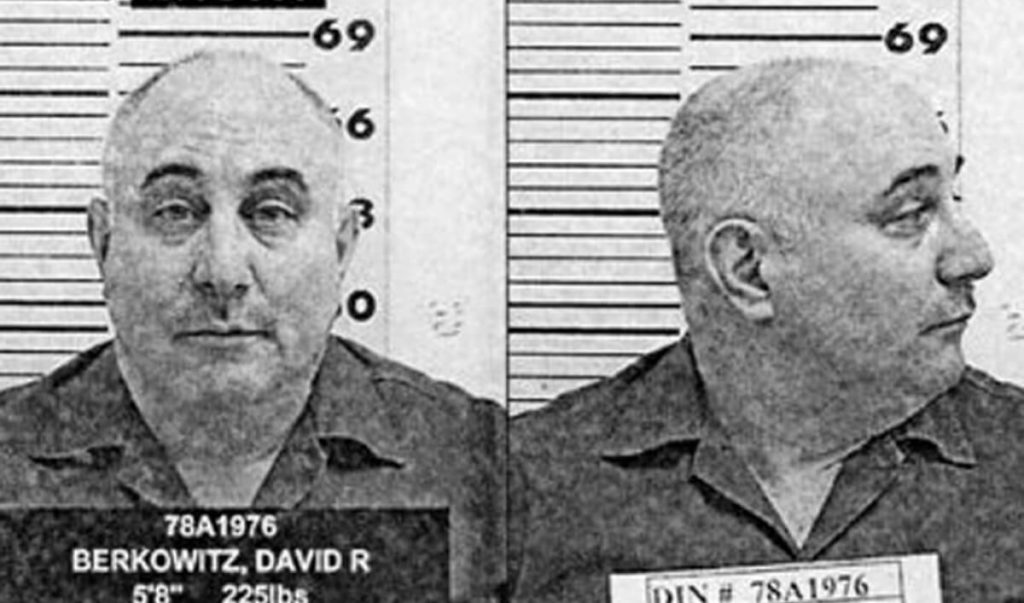
On August 9, a resident reported a suspicious man at the location of the Violante-Moskowitz shooting. After receiving a parking ticket, the man seemed agitated. The resident heard gunshots after their encounter. Investigators searched parking tickets issued that night to identify the man. It was David Berkowitz.
On August 10, Berkowitz was arrested. On August 11, after a brief interrogation, he confessed to his violent crimes. He later pleaded guilty and received six consecutive life sentences - one for every murder. In total, the Son of Sam murders claimed the lives of six and left nine others wounded.
Sam - Demon or Dog?
After his arrest, Berkowitz famously claimed that the name “Son of Sam” was inspired by Sam Carr’s barking dog, who Berkowitz believed was giving him orders to kill.
The media ran away with this sensational detail, solidifying Berkowitz’s reputation as the man who did the bidding of a demon-possessed Labrador Retriever. In a 2015 interview, David Berkowitz spoke of his mindset in 1976 and 1977 when the murders took place.
“To make a long story short,” he said, “my life was really coming apart. My personality was disintegrating. I began to be controlled by other entities that I opened myself up for.”
Talking Dog Story Retracted
David Berkowitz reportedly suffered great torment at the hands of his fellow convicted criminals at Attica Correctional Facility, who mocked him for talking to his neighbor’s dog. One inmate made an attempt on Berkowitz’s life.
He penned a letter to the psychiatrist who had evaluated him after his arrest. “I’m a faker,” Berkowitz wrote. “I made the demon story all up from the beginning. The reason for this was to try to mentally justify and give reason and cause for the crimes I committed.
I knew that there were no real demons, witches, talking dogs and Satanic henchmen.” He added that he had “no idea what motivated me,” and “decided demons as a cause would be appropriate.”
Berkowitz decided to retract the story of the talking dog.
Berkowitz Attacked In Prison
Berkowitz did janitorial work in his cell block. One day, while mopping outside the cell of another inmate, the inmate slashed Berkowitz’s throat with through his cell bars with a makeshift shank. The blade narrowly missed his corroded artery, and Berkowitz spent the next week recovering in the infirmary.
Berkowitz honored the prison code of silence and did not report the inmate who assaulted him. When he returned to his cell block, he was met with a new level of respect.
The Son of Sam's Law
Berkowitz calls himself “a prolific writer.” He publishes his musings in an online journal called Arise and Shine. With the help of some friends, Berkowitz compiled some of his work into a book.
In response, the New York state legislature passed the Son of Sam law, also known as the notoriety-for-profit law, which prohibits convicted criminals like Berkowitz from profiting off of their crimes.
First Amendment advocates criticized the law as a violation of the right to free speech. The United States Supreme Court agreed with this criticism, ruling that the law is unconstitutional. New York and other states continue to pursue such laws within the framework of the court’s ruling.
Thoughts On Parole
After 25 years behind bars, Berkowitz became eligible for parole in 2002. He is entitled to parole hearings every two years where he can present a case for early release.
While he attended some of these hearings, Berkowitz makes his stance on parole clear. As a born again Christian, he considers how his release would impact the victims of his crimes and their loved ones. “I know that such a thing would really upset them,” he told an interviewer in 2015, adding that he “can’t do anything to cause these people any more pain or heartbreak or grief.”
Instead, he will remain in prison where he ministers to his fellow inmates, writes, and reflects on his life and the lessons he has learned.
The Son Of Sam's Hope
These days, Son of Sam prefers to be called Son of Hope. He would rather talk about what went right in his life instead of what went so drastically wrong. He often talks about his childhood, which he describes as an idyllic time.
He describes a Bronx that is full of energy and promise, and a city not yet scarred by the terror of the Son of Sam killings. He talks about hours spent cruising the city streets on a 3-speed English racer bicycle.
His eyes grow bright and distant, as if he can still see the lights of Shea Stadium outside his bedroom window. "I’m thankful,” he says, “for everything I experienced that was good.”
In a just world, his victims and their families will find the same solace in their own memories of happier times.





